Jean-Michel Frank (1895–1941) was an influential French interior decorator and furniture designer who dedicated himself to furnishing the homes of the elite. Active in the 1920s and 1930s, but with a legacy which has lasted much longer, Frank was best known for his minimalist interiors which, in contrast to the exuberant Art Déco style that dominated Europe and the United States in the interwar period, favoured stripped-back interiors in pale colors, innovative in his use of both under-appreciated and super-luxe materials.
Frank was born in Paris in 1895 into a wealthy German banking family. He studied Law for a brief period but following the deaths of his two brothers in the First World War, and later losing his father and mother, Frank left school and traveled extensively, before launching a career in interior design.
He became the protégé of Chilean benefactor and advocate of simplicity in design, Eugenia Errázuriz (1860-1951). His first commissions were from the writer Pierre Drieu La Rochelle and the printer Charles Peignot. With a growing reputation, he was commissioned by English writer and activist Nancy Cunard in 1924 to decorate her apartment on the Île Saint-Louis. Completely self taught, Frank was unconcerned about traditional cabinetmkaing methods, which allowed him to design using unconventional materials usually ignored by designers—plaster, stone, straw, parchment, and leather were staples in Frank’s designs. In the same year, Frank began a decade-long collaboration with the luxury brand Hermès. He launched his Confortable Series—a line of monolith cubist chairs and low sofas.
In 1926, Frank designed the interior of the Paris apartments of the influential Vicomte Charles de Noailles. Frank preferred to use materials and woods often ignored by other designers—he lined walls of a smoking room in the Louis XIV style apartment in parchment, inlaid a reception room in straw, upholstered vanity cabinets in shagreen, and covered chimney breasts in mica. This represented the style that dominated the second half of his sky-rocketing career—Frank was a master of luxurious minimalism
At the outbreak of the Second World War, Frank, both gay and Jewish, fled Paris and sought refuge in Argentina where he continued to work for the rich and famous. In 1941 he traveled to New York (where he had decorated remotely Nelson Rockefeller’s 5th Avenue apartment in 1937-38). Suffering from depression and from the knowledge of his extended family’s oppression under the Nazi regime (he was a cousin of diarist Anne Frank), Frank committed suicide in 1941.
Over the course of his career, Frank met and befriended many luminaries, intellectuals and Surrealist artists including Peggy Guggenheim, Man Ray, Jean Cocteau, and Salvador Dalí. Perhaps one of the most iconic Surrealist objects created, Frank worked with Dalí on the Mae West Lips Sofa (1936-7). In contrast to the bright red and radical, yet purely decorative sofa, Frank is also credited for the design of the Parsons Table (1923), a design icon simple in dimensions yet monumental its sphere of influence.
Today, Frank’s designs fetch high prices at collectors' auctions. In 2003, a trio of his trash cans designed for a Chicago-area mansion sold for $42,000; though it is not unusual for other pieces to fetch upwards of $200,000. His fans include Karl Lagerfeld, Yves Saint Laurent, and Ronald Lauder who have all bought Frank designs.
Frank’s minimalist style and sober designs have helped shape the French design canon and continue to influence and inspire contemporary designers.
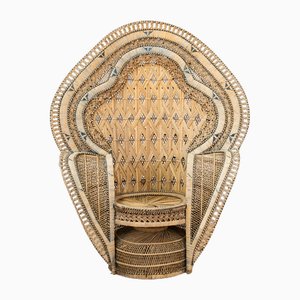
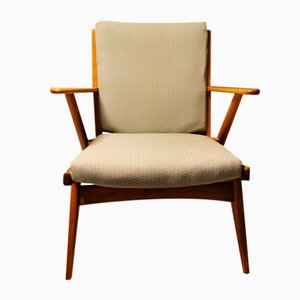

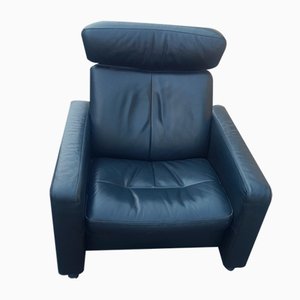

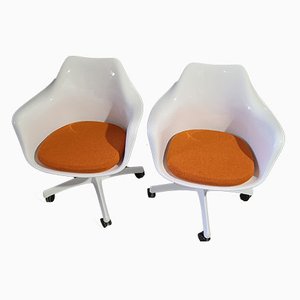
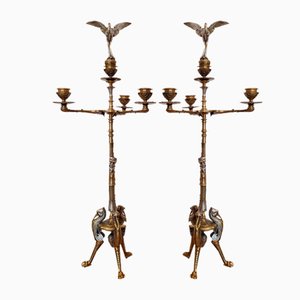

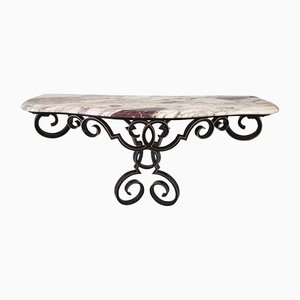
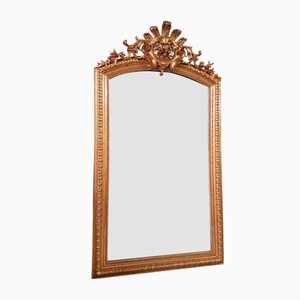

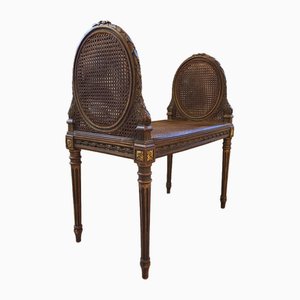



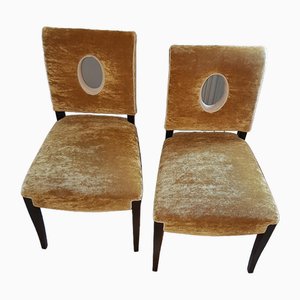

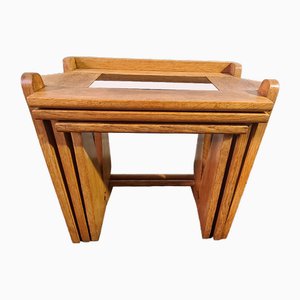
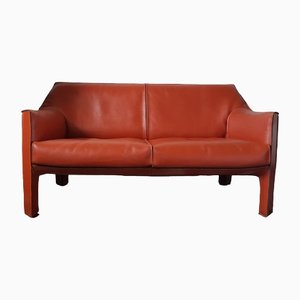

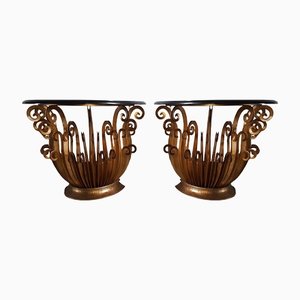
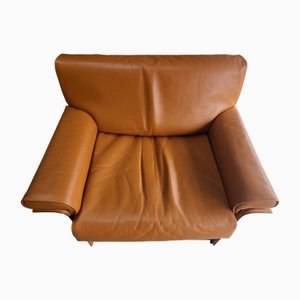
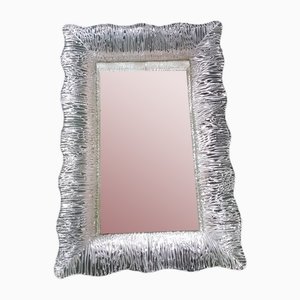

Get in Touch
Make An Offer
We noticed you are new to Pamono!
Please accept the Terms & Conditions and Privacy Policy
Get in Touch
Make An Offer
Almost There!
To follow your conversation on the platform, please complete the registration. To proceed with your offer on the platform, please complete the registration.Successful
Thanks for your inquiry, someone from our team will be in touch shortly
If you are a Design Professional, please apply here to get the benefits of the Pamono Trade Program